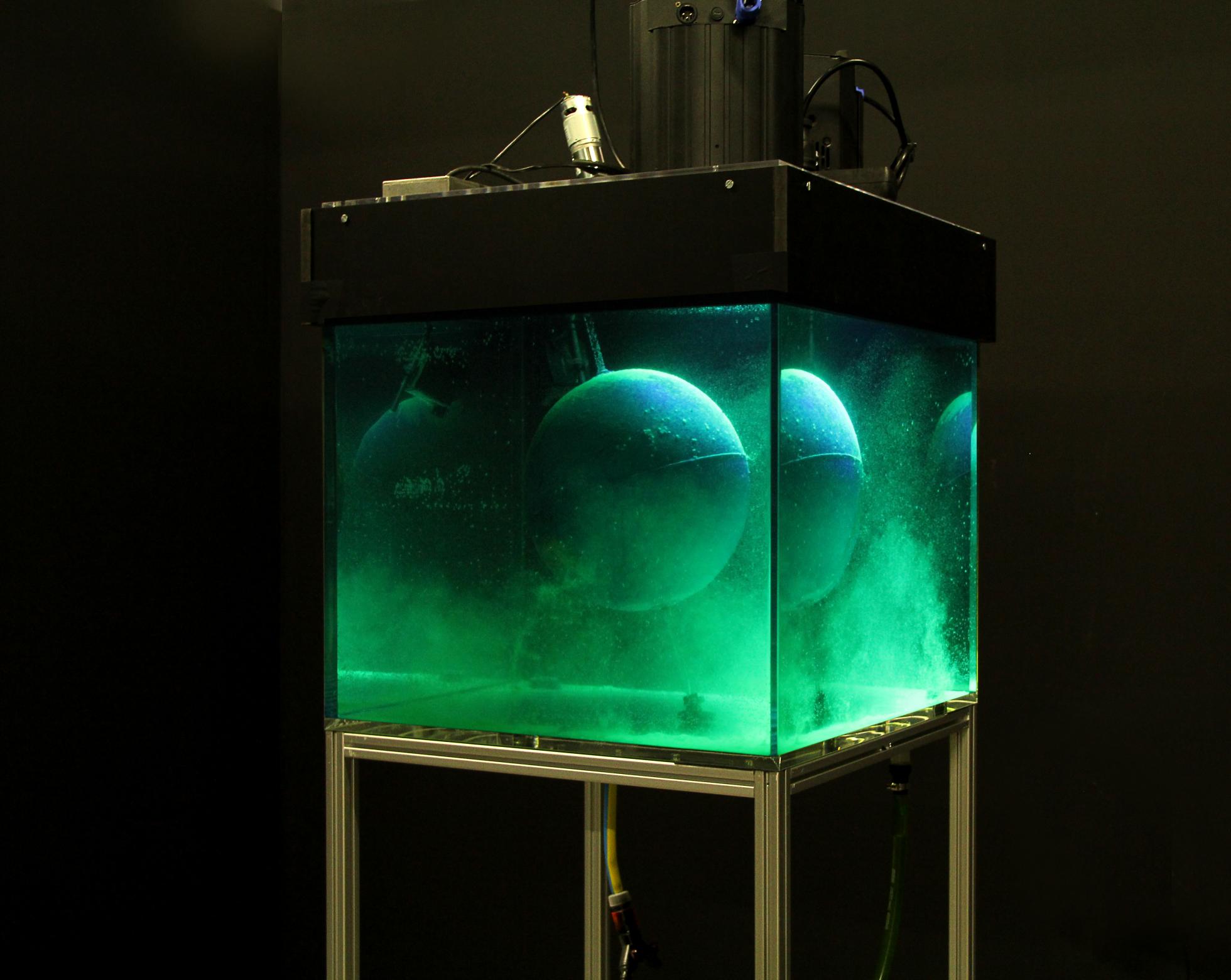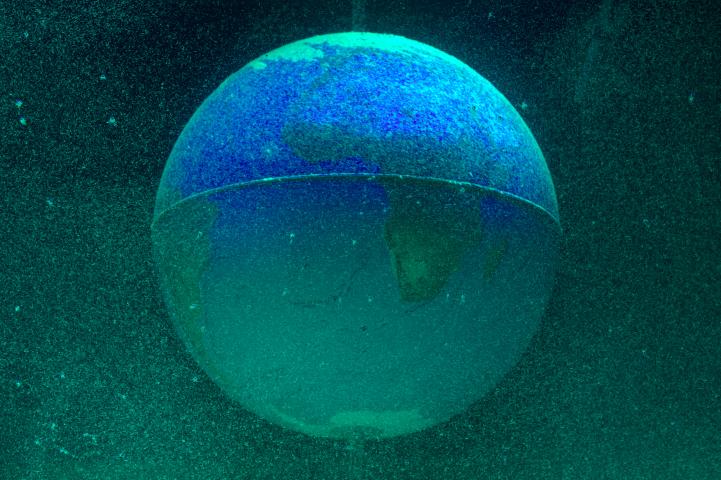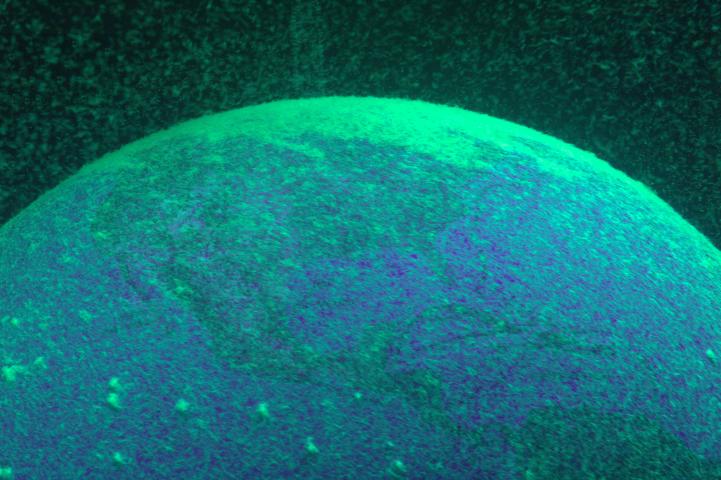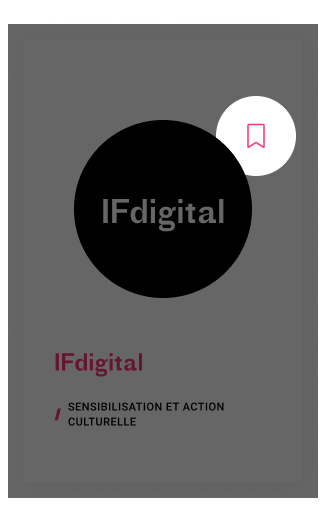Find out more
A globe of the earth, identical to the view from a satelite, is placed in the center of an aquarium filled with a green tinged water. As the sphere turns, tiny green particules wrap around the sphere, enveloping it in what appears to be the thin fragile atmosphere that surrounds the globe. An allegory for the state of the world, the planet rotates on its own axis in an enclosed atmosphere. The atmosphere is fluorescent green, toxic or ecological.
The world as seen from space, once a powerful icon for the environmental movement has become familiar, even banal in the age of Google earth. This viewpoint, from the outside, is the default objective view of science. The installation mimics devices used in science laboraratories that simulate and visualise dynamic phenomena. The fragile atmosphere, a vast matter in perpetual movement, is the object of investigation. The phrase “Laboratory Planet” suggests that we are treating Earth as an experiment, pushing its systems to new limits.
The objectified model is thrown into contrast by the romantic music score. The sound of Camille Saint-Saëns The Swan, interpreted by theremin virtuoso Clara Rockmore, haunts the diorama with an ethereal quality. Might the Swan, and by extension the planet, be an allusion to death? Are we witness to the last act before extinction? The electronic music describes the fleeting nature of beauty and life.
The sound is diametrically opposite to the ‘techno-managerial’ perspective suggested by the title. The atmosphere itself make visible the complexity of various feedback loops and the limits of knowledge. The capacity to change the planet’s systems is not the same as the ability to control them.


















